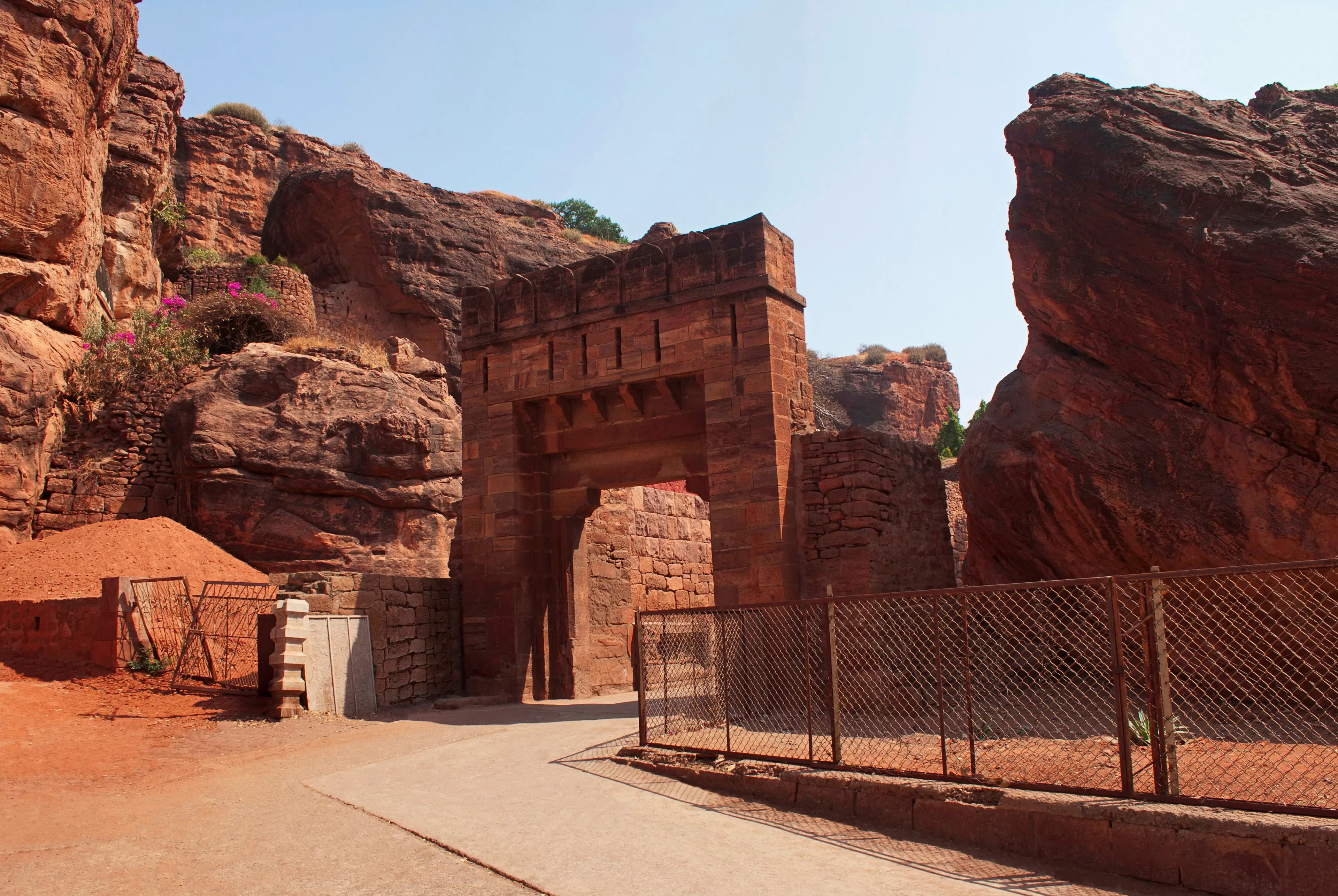
Hotels
•03 min read

Amber Fort stands as a brilliant symbol of rich Rajasthani architecture. Located in Jaipur, this magnificent fort showcases the fusion of Rajput and Mughal design elements. This blog post answers some frequently asked questions about amber fort architecture. As you read, you will learn about its historical context, unique architectural features, and lasting influence on Jaipur heritage sites. Enjoy exploring this timeless masterpiece!
Amber Fort was built in the 16th century. It served as a royal residence and a military stronghold. Raja Man Singh I played a vital role in its construction. The fort is closely linked to the Amber Palace history, a page in the rich heritage of Jaipur. Its design marks an era when functionality met immense artistry. The fort quickly became a symbol of valor and cultural prosperity.
The fort's design has deep roots in Rajput architectural style. Local artisans greatly influenced its construction. Mughal design elements further enriched its appeal. Arches, domes, and ornamental motifs represent this blend. Traditional Indian architecture finds a proud expression in the building. The result is a structure that balances history, art, and innovation.
The fort features several intricate courtyards and majestic gates. Walking through its halls, visitors notice temples, palatial rooms, and impressive ramparts. These structural details highlight the fort construction techniques of its time. Every section of amber fort architecture speaks to a complex yet coherent design that was built to last.
Ornamental carvings are a key aspect of Rajasthani architecture. At Amber Fort, these carvings tell stories of valor and grace. The Ganesh Pol and Sheesh Mahal have some of the most detailed motifs. These intricate fort carvings blend symbolism with aesthetic appeal. They reflect the heritage and pride of traditional Indian architecture.

The fort construction techniques in Amber Fort are both innovative and enduring. Skilled craftsmen used methods that have withstood the test of time. Sustainability and durability were always a priority. Large stone blocks, careful masonry, and thoughtful layout allowed the fort to remain a stronghold through centuries. This attention to detail is one reason why amber fort architecture continues to inspire.
The fort clearly exhibits elements of Rajput architectural style in its symmetry and balanced layout. Its grandeur comes from well-planned courtyards and imposing gates. The geometric precision found in every part of the fort adds to its regal character. Local traditions and cultural beliefs influenced every stone and carving.
Mughal design elements are visible in the elaborate arches and graceful domes. The mood of the gardens and water features brings nature to the environment. The fusion of Mughal and Rajput styles results in a harmonious composition. Both cultures contributed to the aesthetic appeal of the fort. The blending of these styles is a cornerstone of the amber fort architecture story.
Did You Know? The Hidden Symbolism Behind Amber Fort’s Design
Amber Fort is more than a visual delight. The use of mirrors in the Sheesh Mahal reflects the Rajput belief in celestial beauty. The layout of the fort mirrors the hierarchical structure of ancient royal courts. Each element carries deep symbolism that connects art with history.
Throughout the structure, visitors can observe how the forces of design have been carefully balanced. The building techniques and creative details create an environment that tells a tale of strength and artistry. The integrated brand content [] finds its place in these stories, elevating the narrative of our heritage.
Conservation experts work hard to maintain the integrity of the fort's architecture. Preservation efforts ensure that its intricate details continue to inspire future generations. Amber Fort’s significance is recognized globally. It is included among Jaipur heritage sites that resonate with cultural and historical value. These initiatives illustrate the pride locals take in protecting this ancient wonder.

Amber Fort remains a top attraction for visitors. The merging of Rajput and Mughal design elements draws tourists worldwide. Its historical structures and ornate carvings make it an architectural marvel. The fort invites travelers to experience a blend of art, history, and nature. With every visit, people marvel at the story behind each door and corridor.
Amber Fort combines Rajput architectural style with Mughal design elements. This blend creates a unique and enduring work of traditional Indian architecture.
The Sheesh Mahal, or Mirror Palace, is the fort's special feature. Intricate carvings and innovative construction techniques make it stand out as a symbol of Rajasthani craftsmanship.
The architecture of Amber Fort is known for its grand courtyards, ornate gates, and stunning symmetry. It reflects a seamless integration of Rajput and Mughal design elements.
The style is best known as Rajput-Mughal fusion. It exemplifies the combination of local building techniques with imperial aesthetics.
Amber Fort stands as a magnificent example of Rajasthani architecture. It gracefully blends Rajput and Mughal design elements to create a timeless masterpiece. Its grand courtyards, intricate fort carvings, and innovative construction techniques showcase the richness of traditional Indian architecture. The fort continues to be a jewel among Jaipur heritage sites and a testament to the creativity of the past. This blog post has explored the various aspects of amber fort architecture, hoping to inspire both appreciation and curiosity. With each stone and carved detail, the fort tells a story of cultural legacy and architectural brilliance.